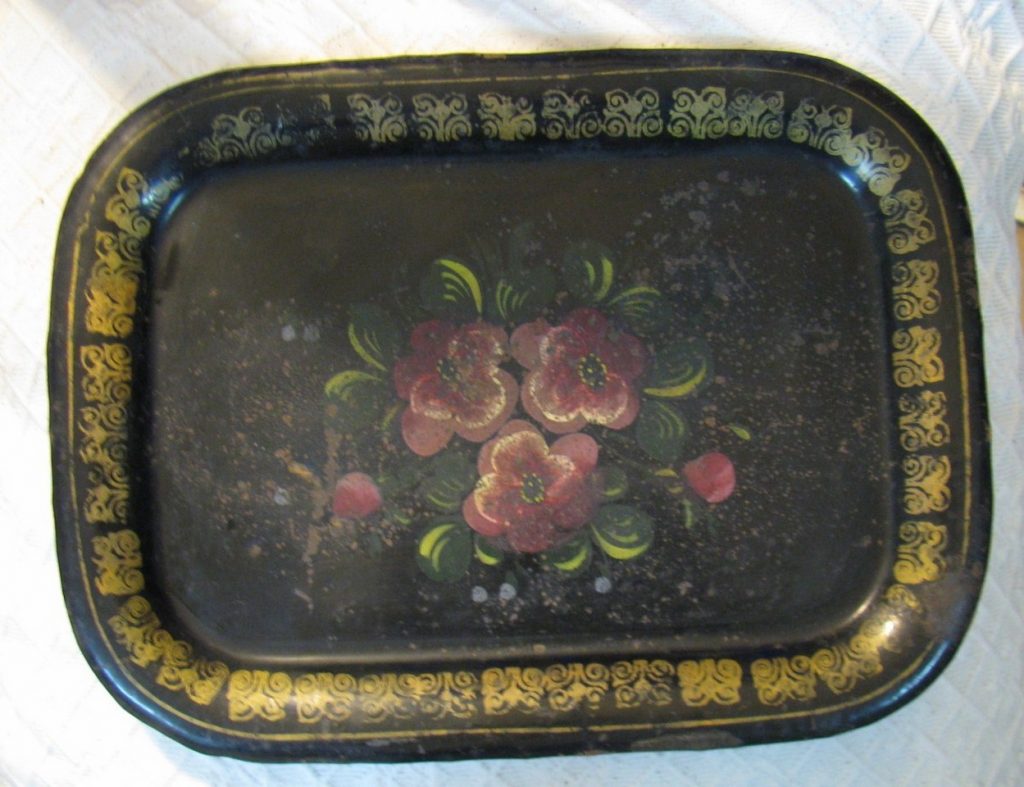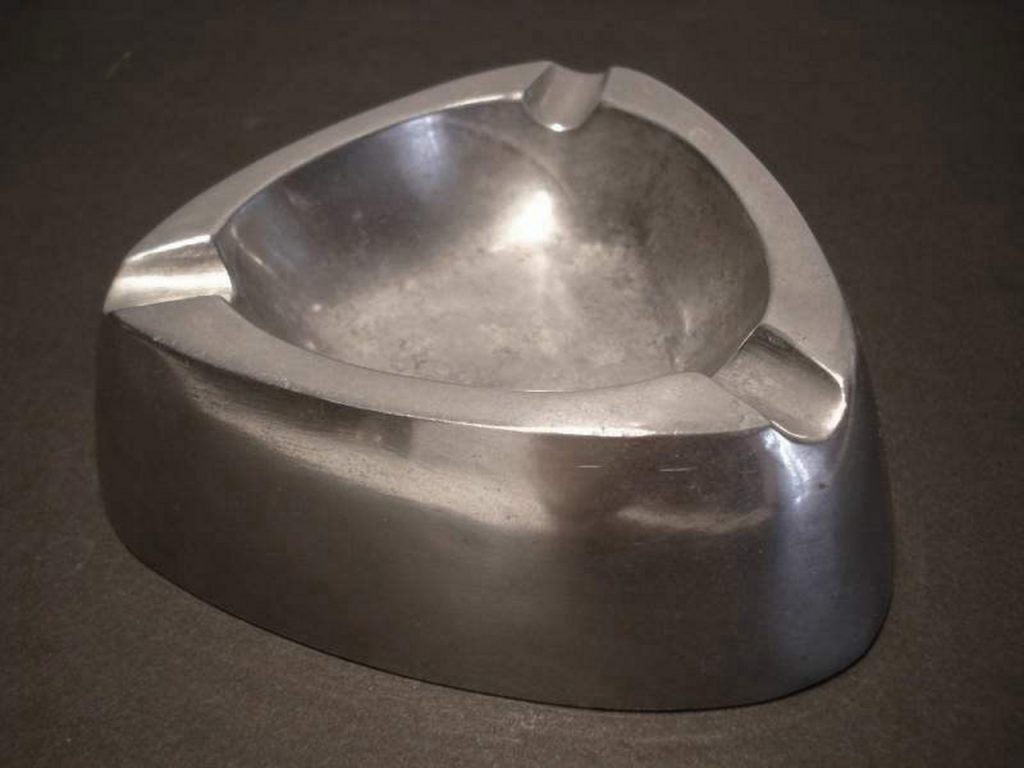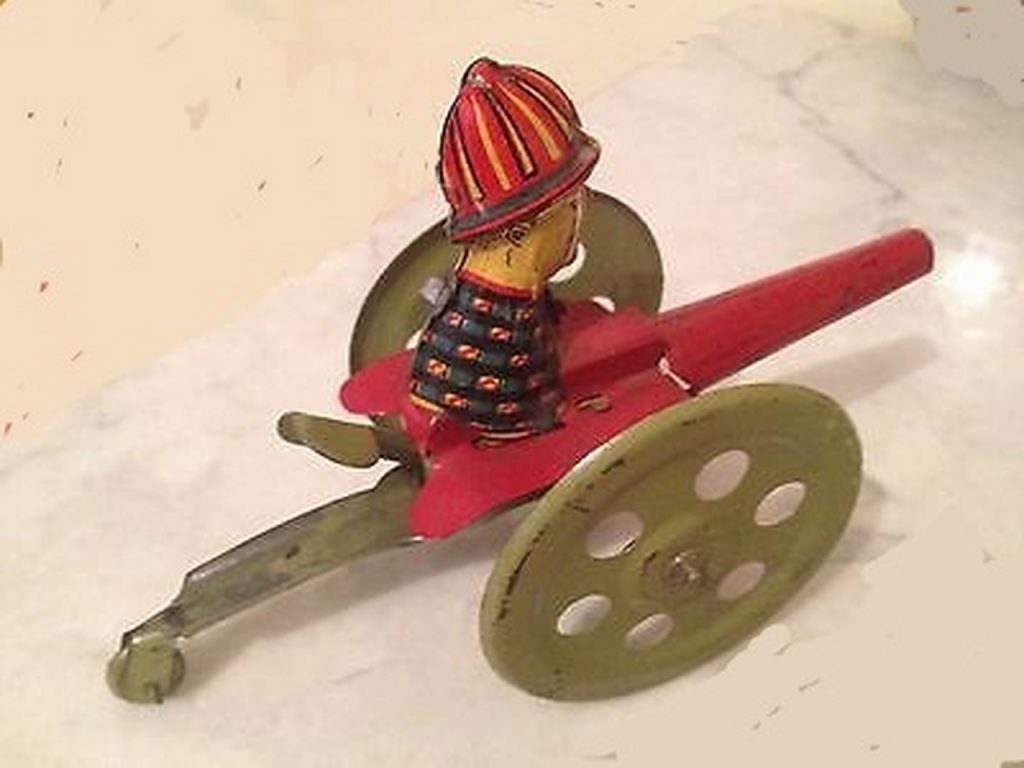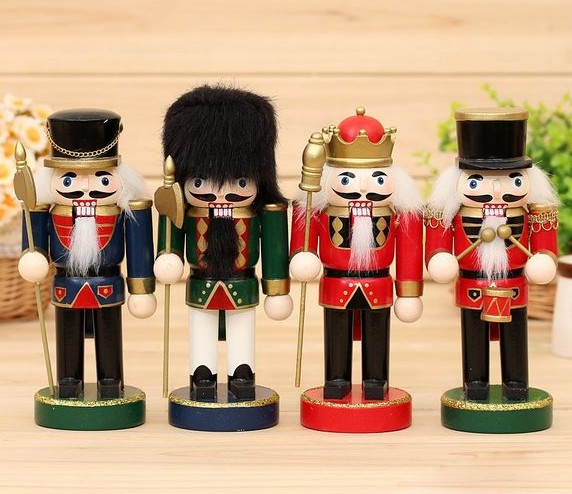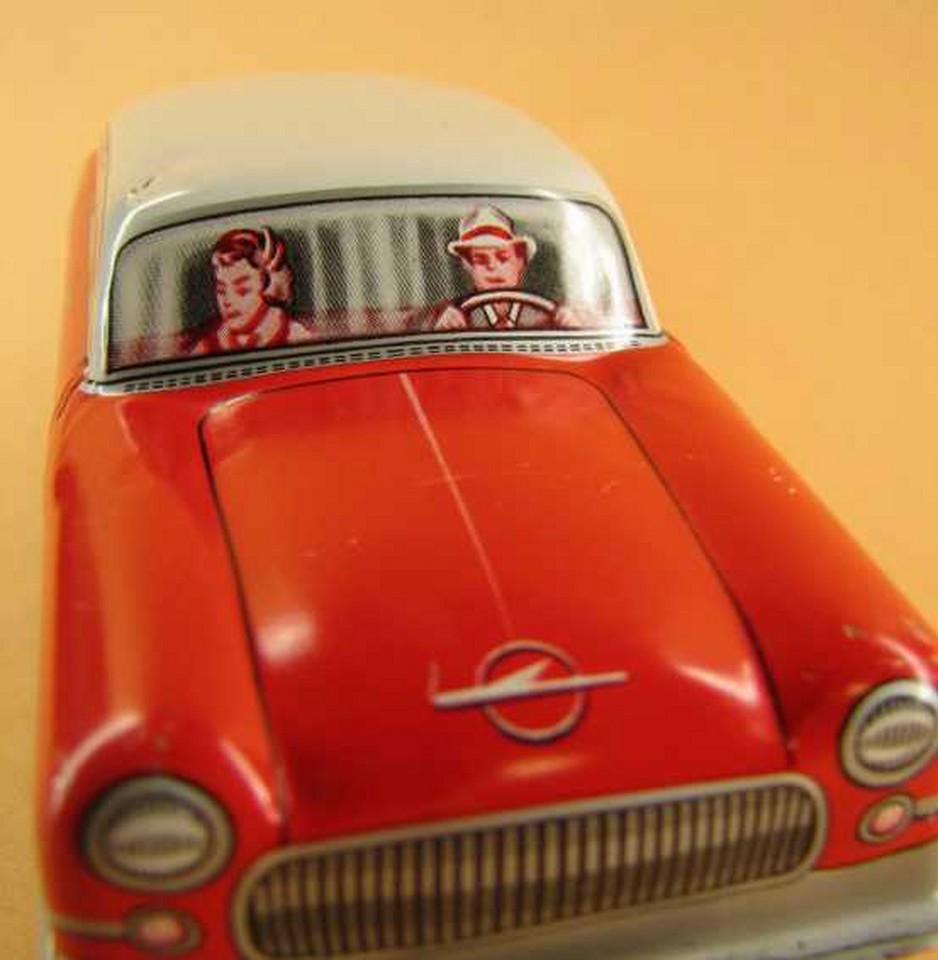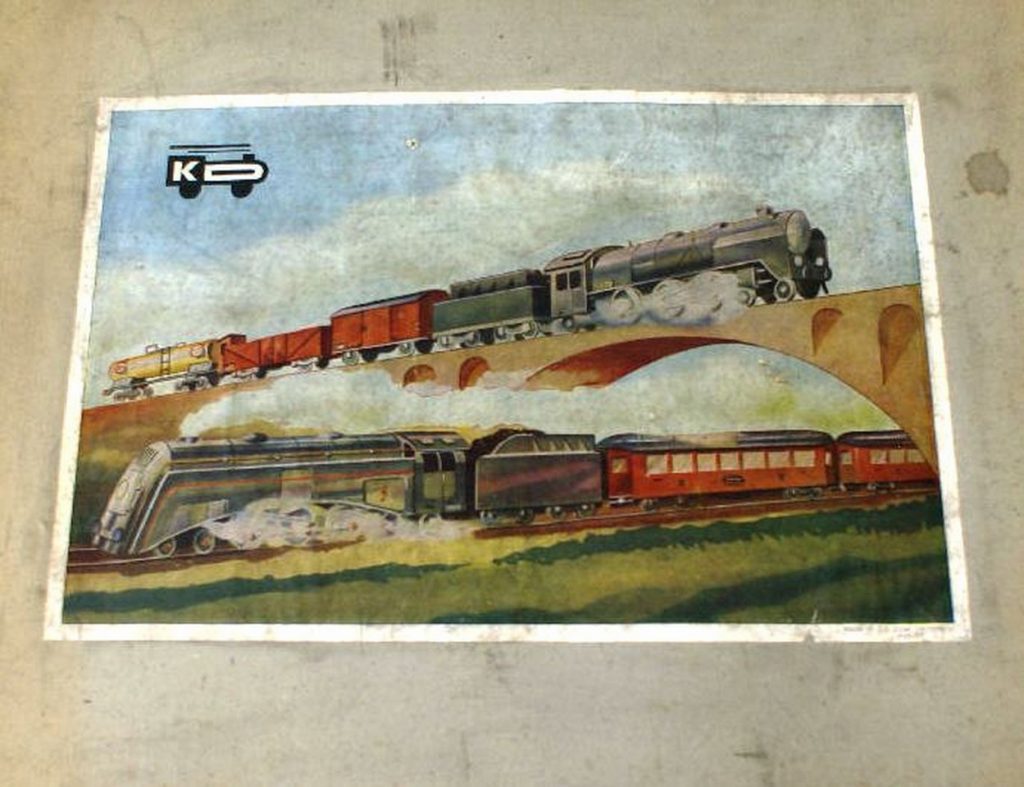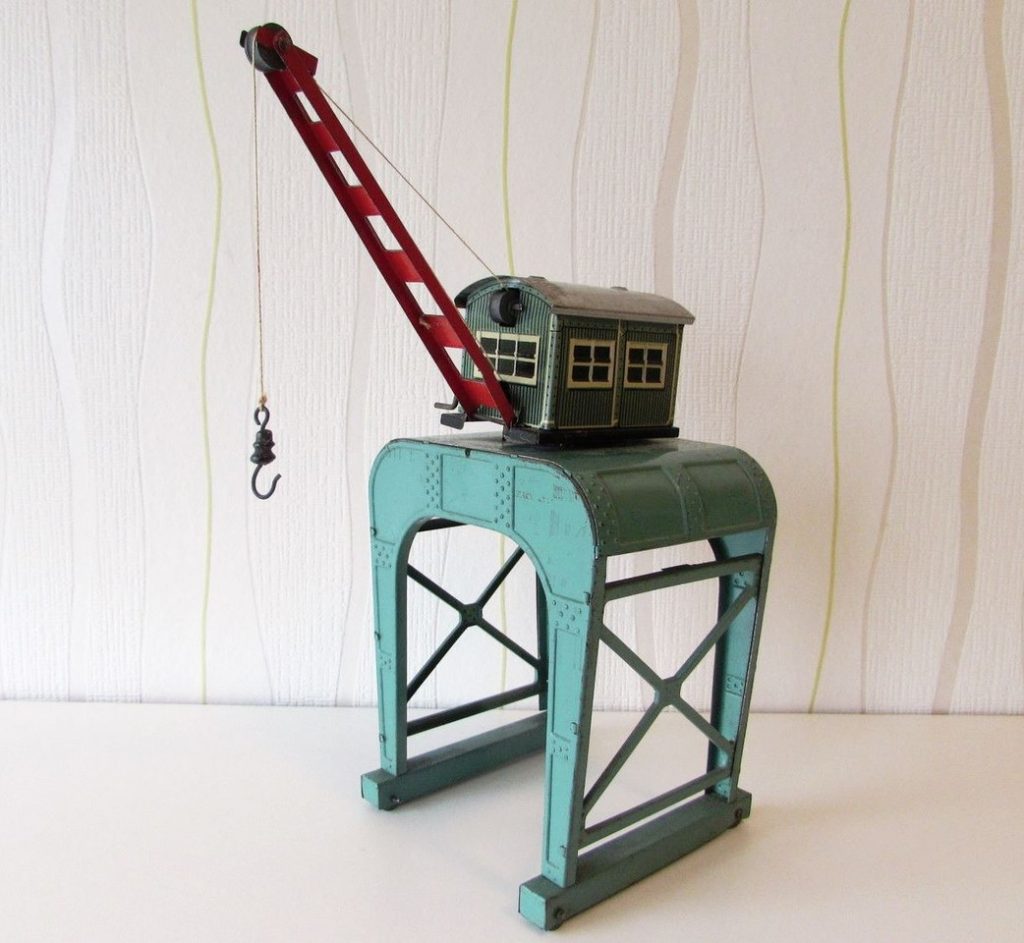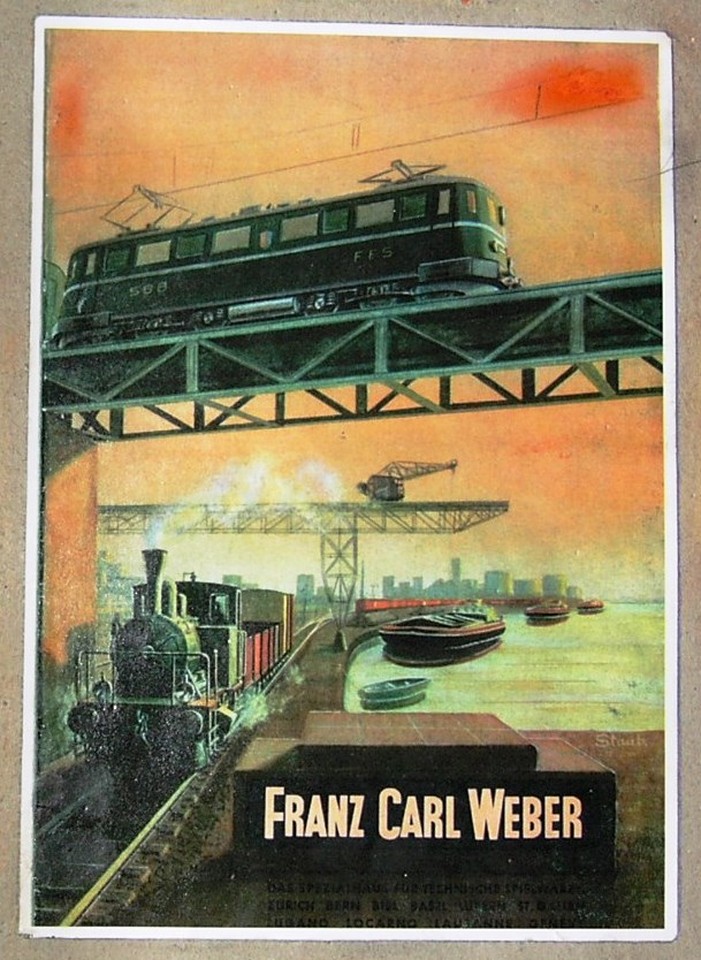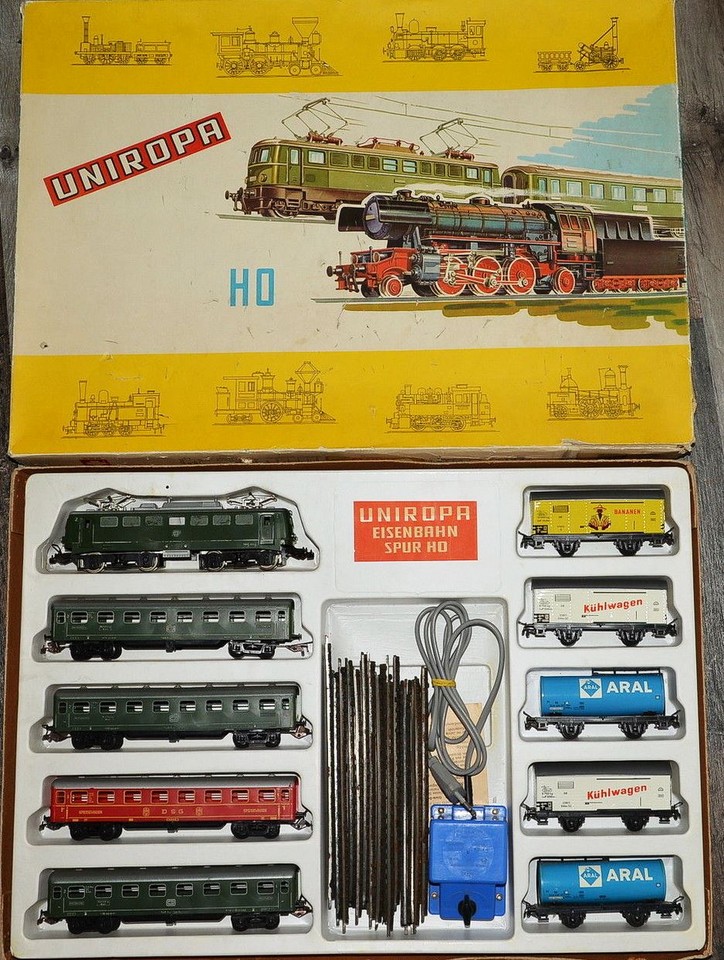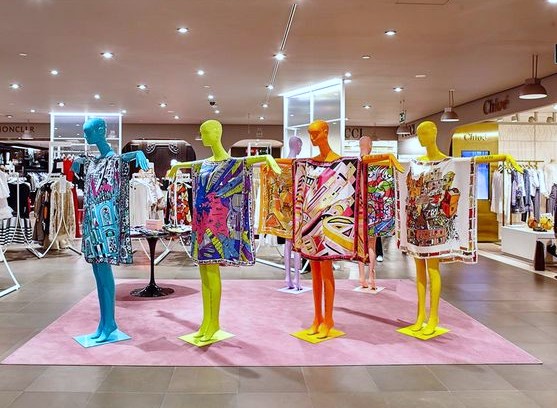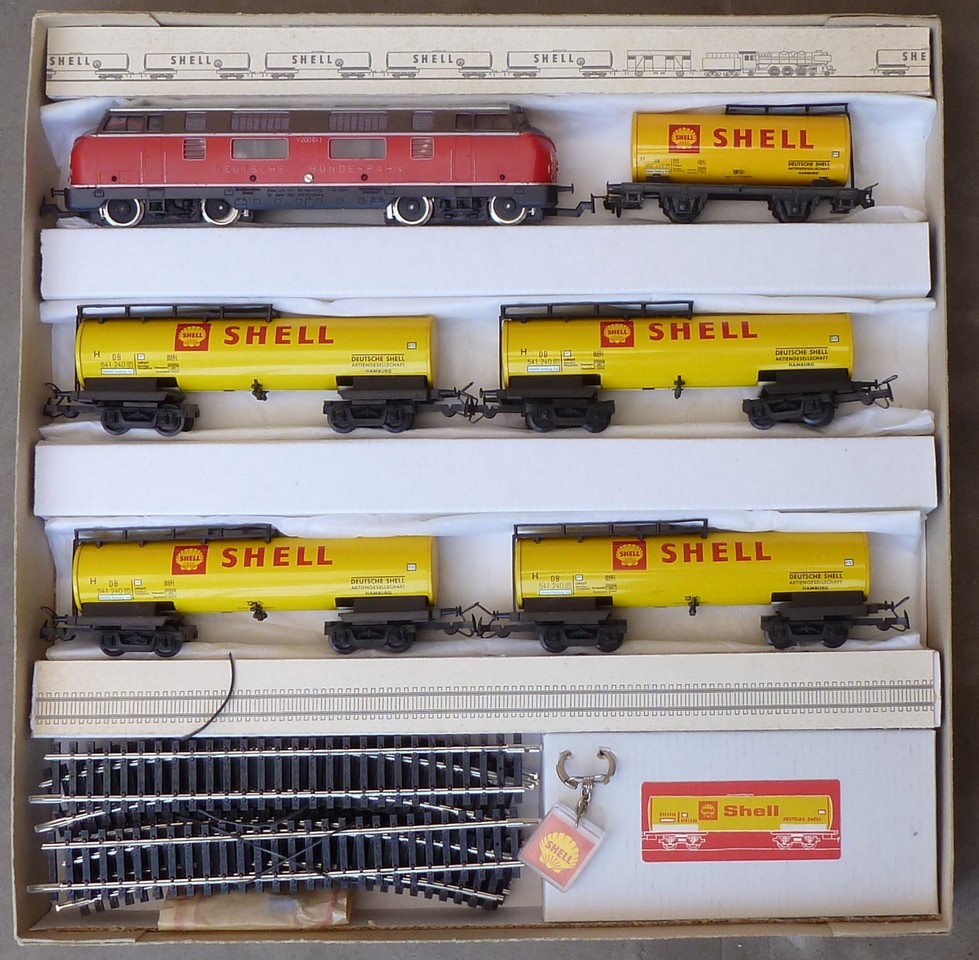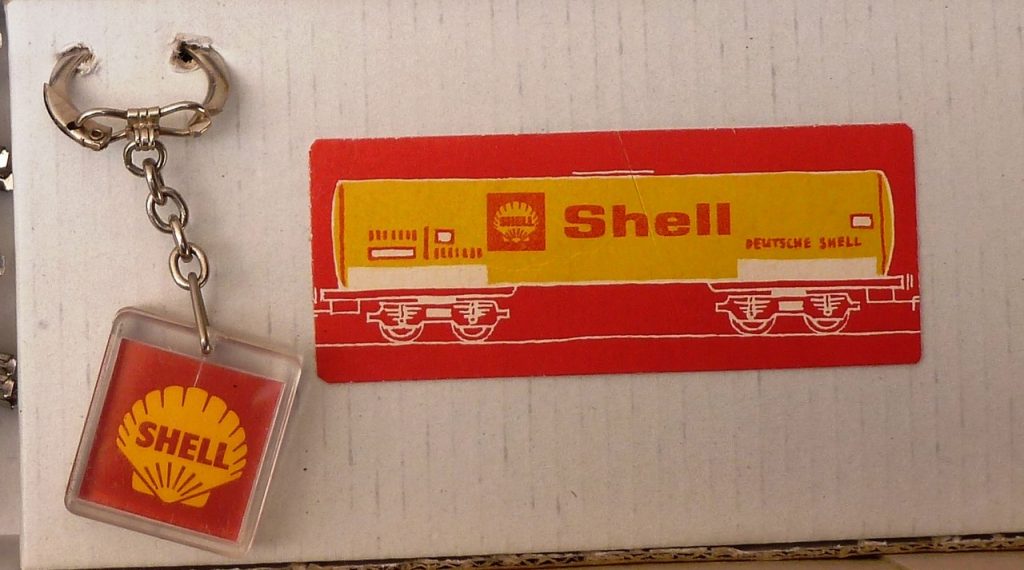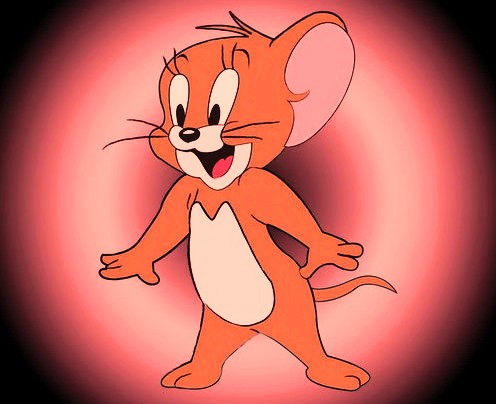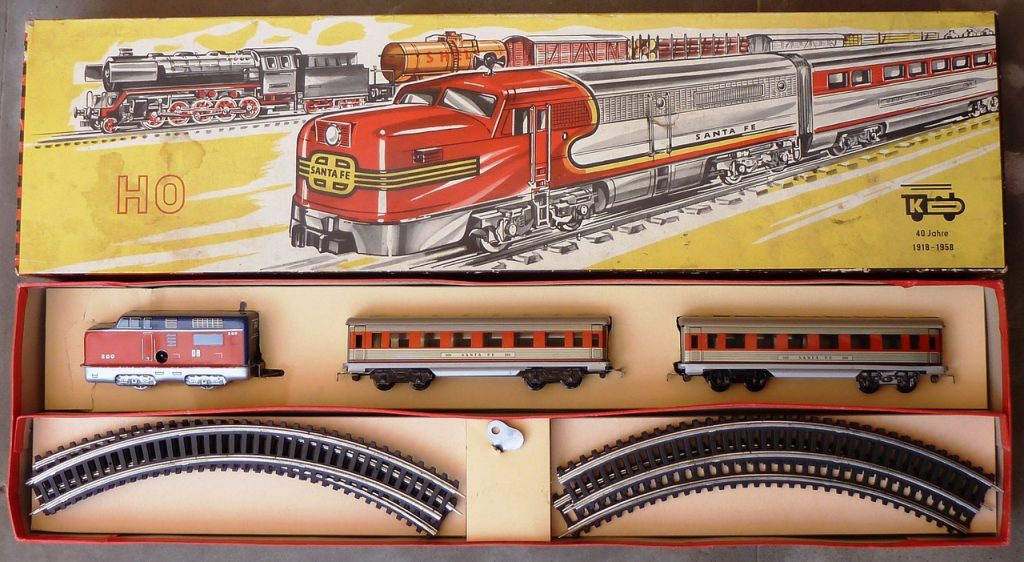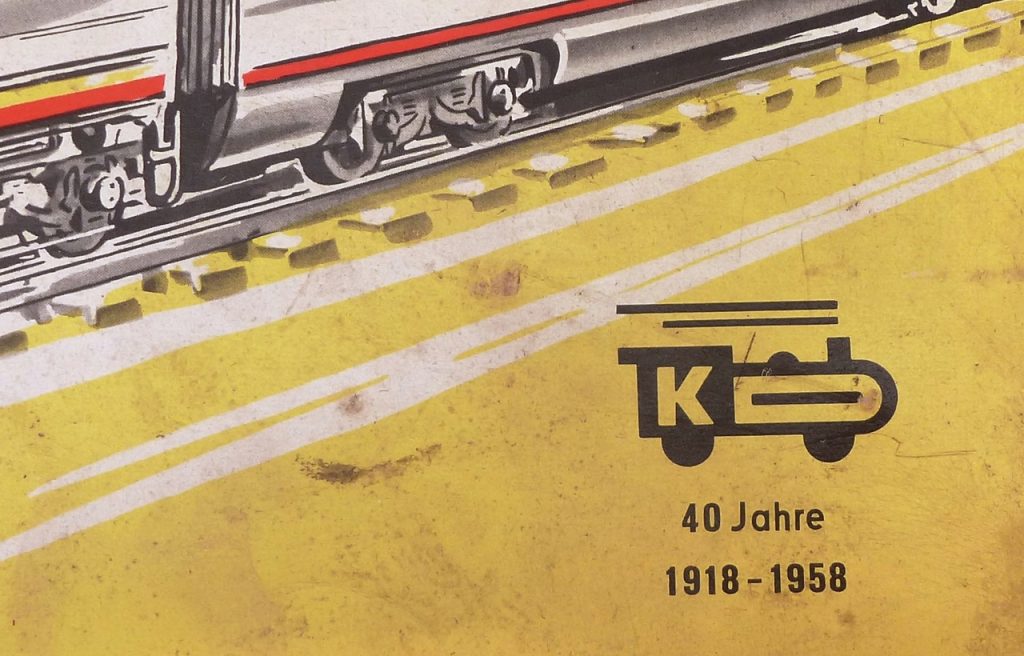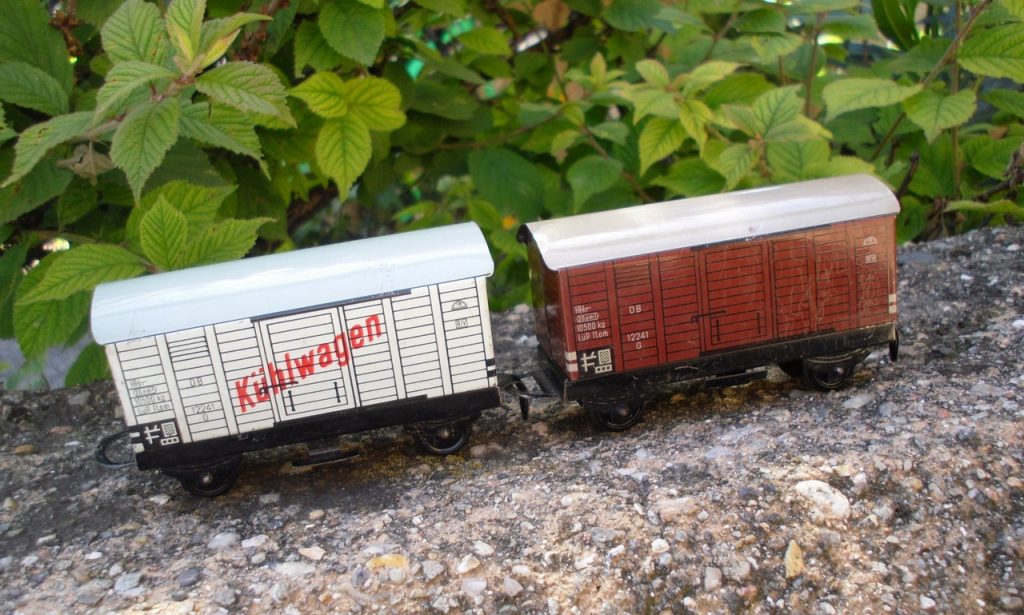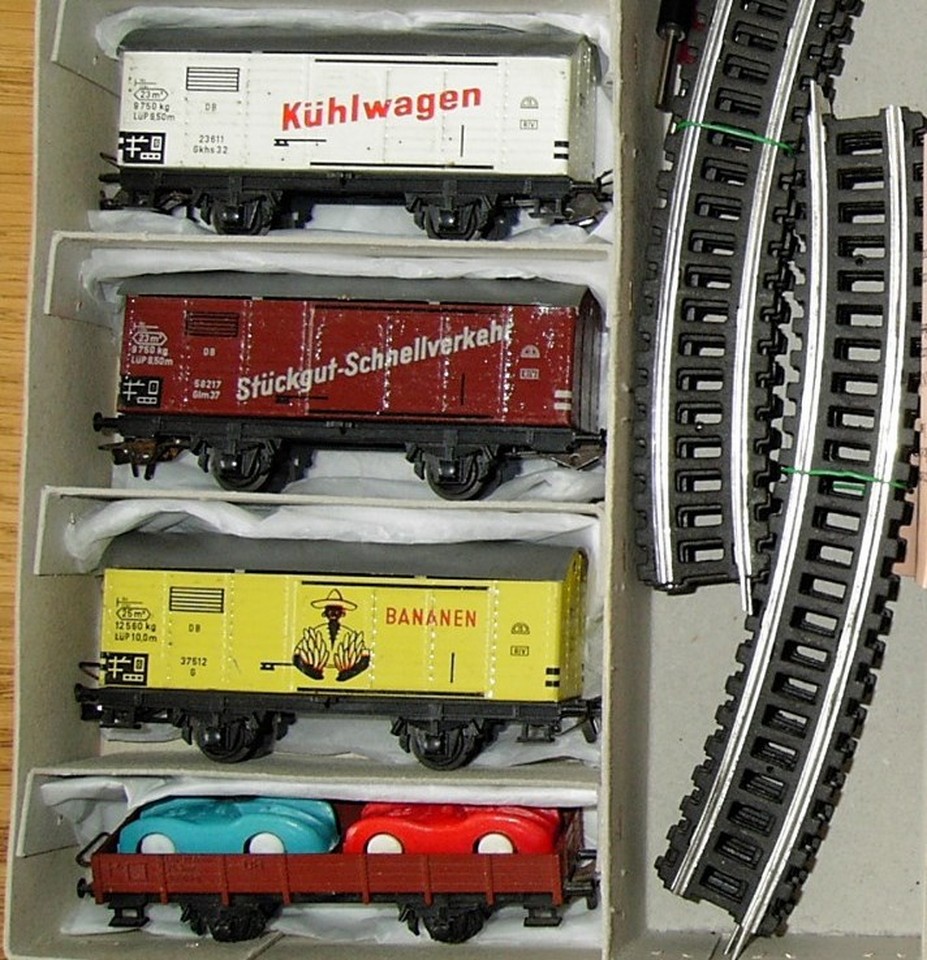Konrad Dressler: part one

(Edited by PG)
… “…. Carneades, who was he …? … ” similarly, to paraphrase Don Abbondio,
some of you may be wondering:” … Dressler, who was he? … ”
Konrad Dressler, known in Italy almost as much as Carneades, deposited the namesake brand in 1917 …
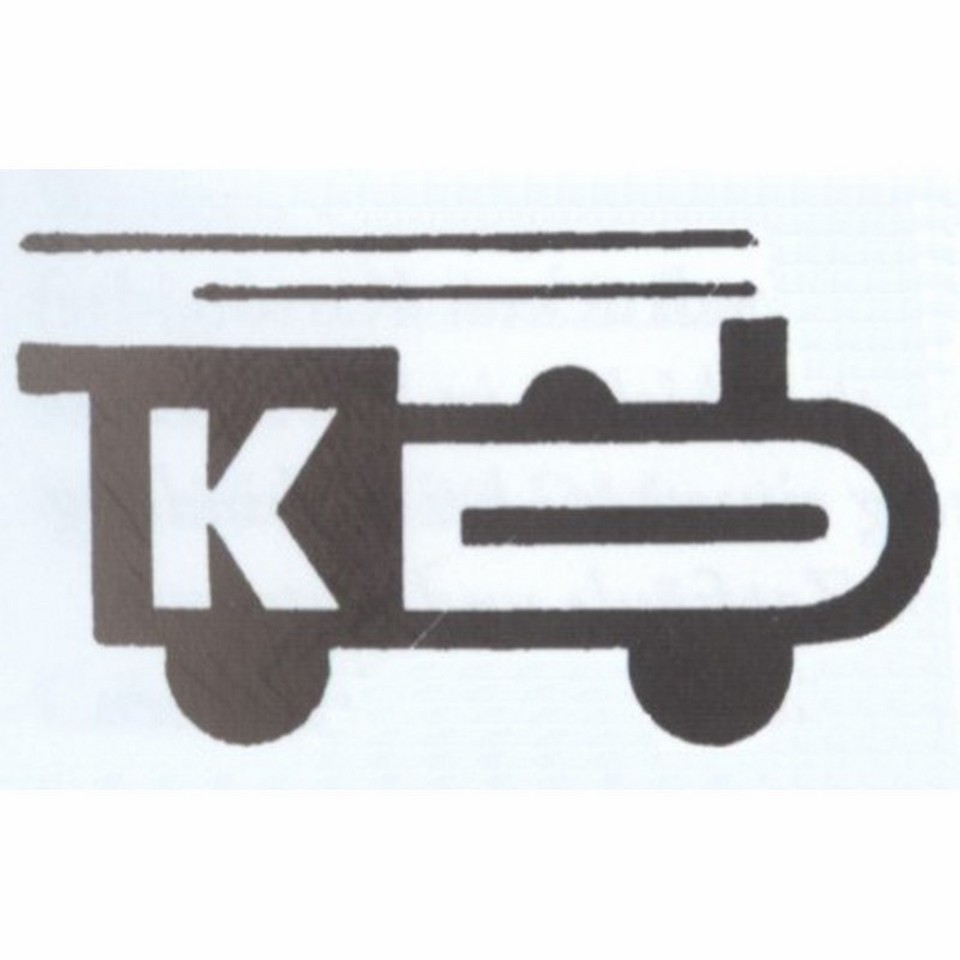
… and in 1918, in Fürth, Bavaria, he started to produce
household items such as tin trays …
… ashtrays…
and more.
However Herr Dressler, who had already worked for other toy makers such as Jean Schoenner and Götz & Söhne, also started on this path.
So, by the early 20s, just when Krupp was beginning to make real cannons to rearm his country (and not only his country),
Dressler began to manufacture small tin toy cannons ….
…. and miniature wagons
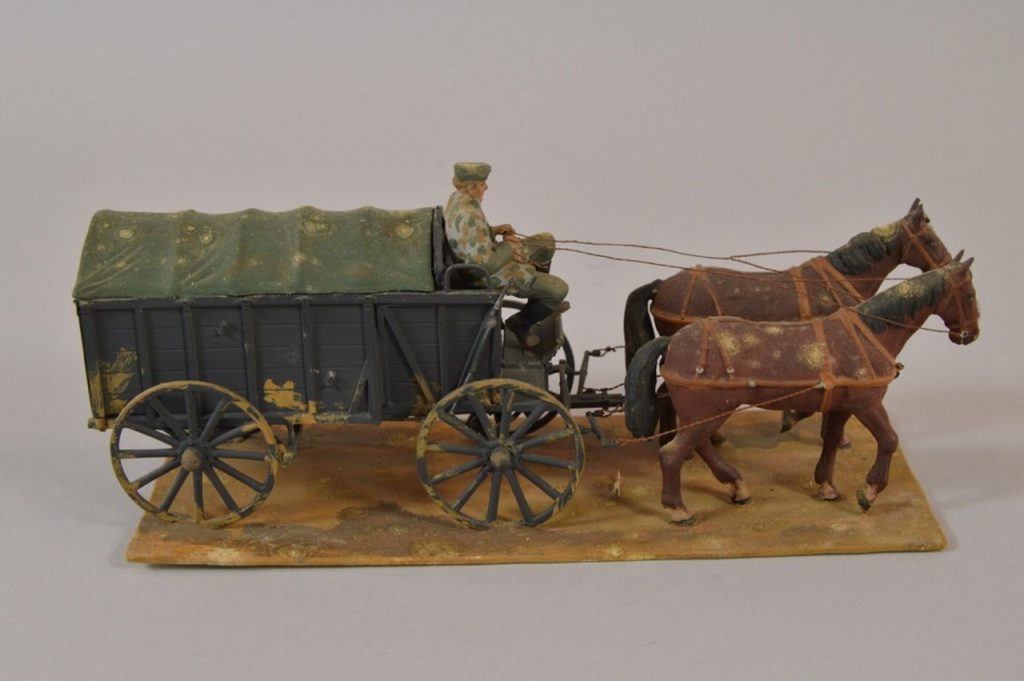
In the mid-30s , in tune with the time, the first tanks of lithographed sheet of this brand appeared …
In 1938, while continuing to rearm the German children,
Dressler designed his first mechanical toy train in O scale.
Thereafter, from ’39 to ’45 Dressler had to devote himself fully to weapons, but this time it was real weapons, not toys, in support of “Kriegsproduktion”, the war effort of Germany … ..
With the return of peace our good Bavarian manufacturer abandoned weapons and he conceived, in his enlarged and modernized workshops, a beautiful range of automotive in metal lithographed sheet …
… and mechanical railways in O scale ….
… such as this set from 1949 …
… with the locomotive and freight wagons
… as well as a small range of accessories, such as this crane …
… or this service sentry box with the bell
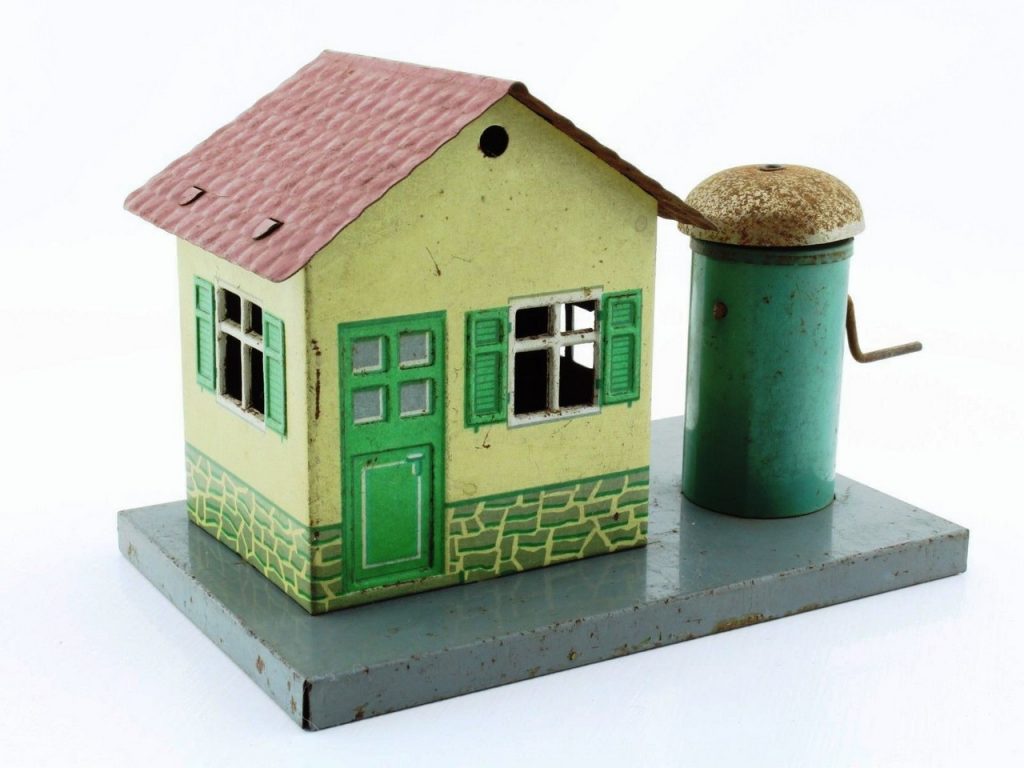
Then, from 1956 to ’70, Dressler almost exclusively devoted himself to trains in HO scale, initally manufactured in lithographed sheet, and from the mid-60s onwards, partially or totally in plastic.
Since ’62 he ceased the production of cars and O scale trains.

The trains of this brand were not generally intended for hobby shops, with some exceptions such as those for Franz Carl Weber in Switzerland ….
They were sold primarily through the large retail sector, such as Karstadt and Kaufhof or by large organizations for the German mail-order sales, as Schöpflin and Quelle.
Sometimes boxes and packs only carry the logo of the brand …
… sometimes the word “Uniropa” ….
… sometimes no brand.

These trains were commonly referred to as “Kaufhausbahnen” which my wife translated in one of her articles, it means “supermarketlowpricetrains”.
Dressler also produced advertising packages, such as this one, made for Shell and obtainable from the brand customers with a system of reward points related to fuel purchases…
… note the keychain accompanying this set.
However, the old cannons and tin tanks that still towered in the windows of his studio were helpless to defend this brand effectively against the “invasion” of LIMA trains , which, by early ’60s brought a blow even at Dressler .
The company well or badly managed to resist until the 70s, when he received the finishing stroke when Quelle chose LIMA and eliminated Dressler from their sales catalogs.
Given the lack of documentation, it is not easy to establish an exact chronological sequence of Dressler trains.
One of its first locomotives is this small two-axles mechanical engine diesel in “shortened” version …
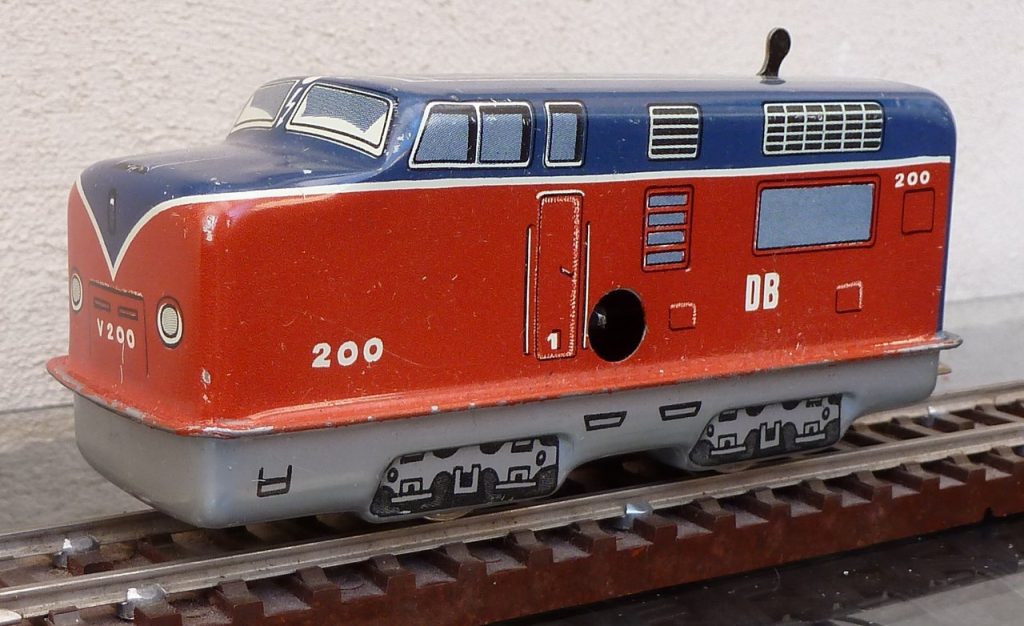
… produced in livery V 200 … DB

… or Santa Fe.
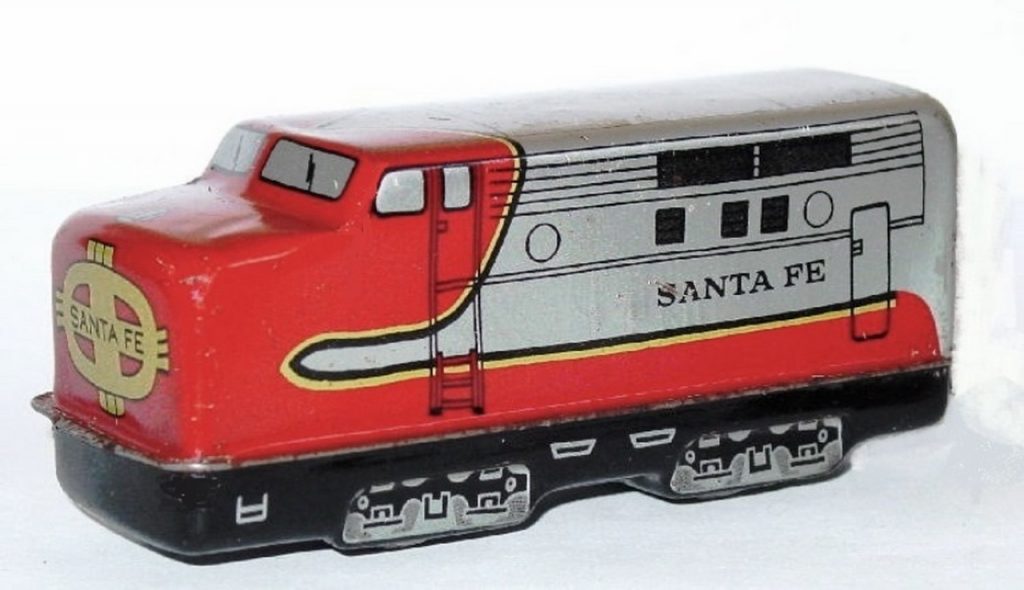
Nicknamed “Maus” (Mouse),
it was sold individually or as part of a complete package, such as this set …
.. .produced in ’58 on the occasion of the fortieth anniversary of the brand.
And it is curious that the company added a German livery locomotive and two coaches to trucks in the Santa Fe version.
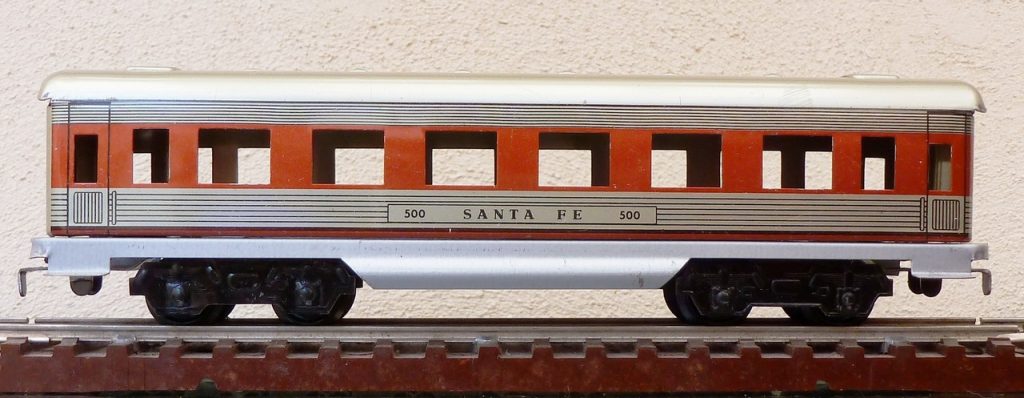
Note that the tracks are Fleischmann (sleepers pressed cardboard version), as a result of an agreement between the two brands since ’56.
For this reason often in the markets or in the auctions these packs are erroneously presented as “Fleischmann”.
Another mechanical locomotive from the first period of production is this “500” with metal frame and plastic body ….
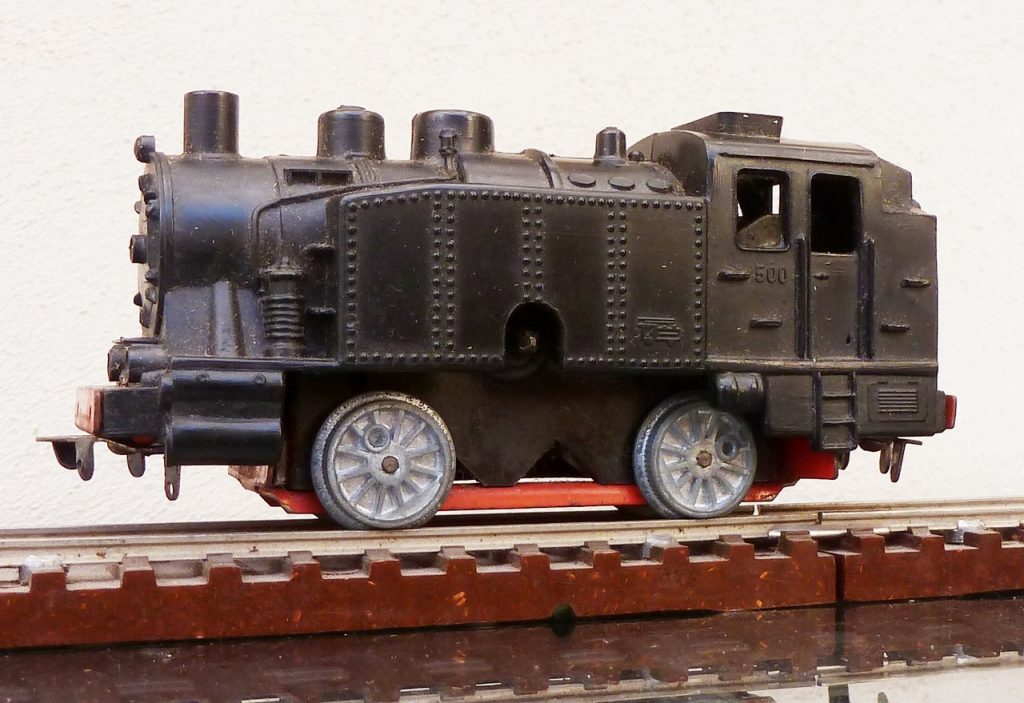
… .nicknamed “Zorro”,
it was later produced also in two electric three-axles versions .
The mechanical version of ’57 is presented here a in pack with three freight wagons to trucks.
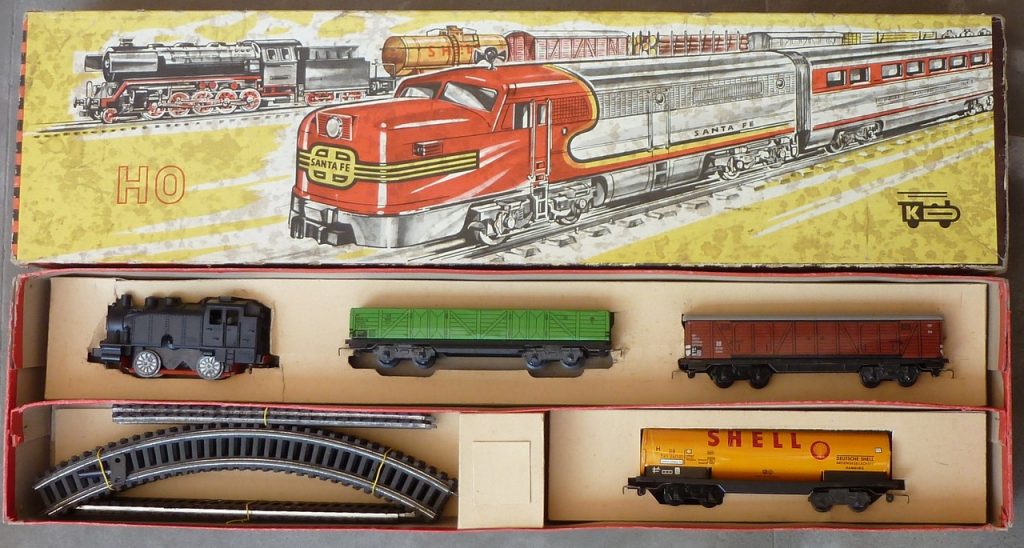
Over the years’ 50 Dressler also produced
two-axles freight wagons
…
…. completely metallic, which are distinguished from those of the ’60s which, although more realistic, have the chassis and other parts in plastic.
Continued in Part Two.
On Konrad Dressler also we recommend the website of our friend Rainer Haug:
http://www.spur00.de/
(@ April 10, 2017)

